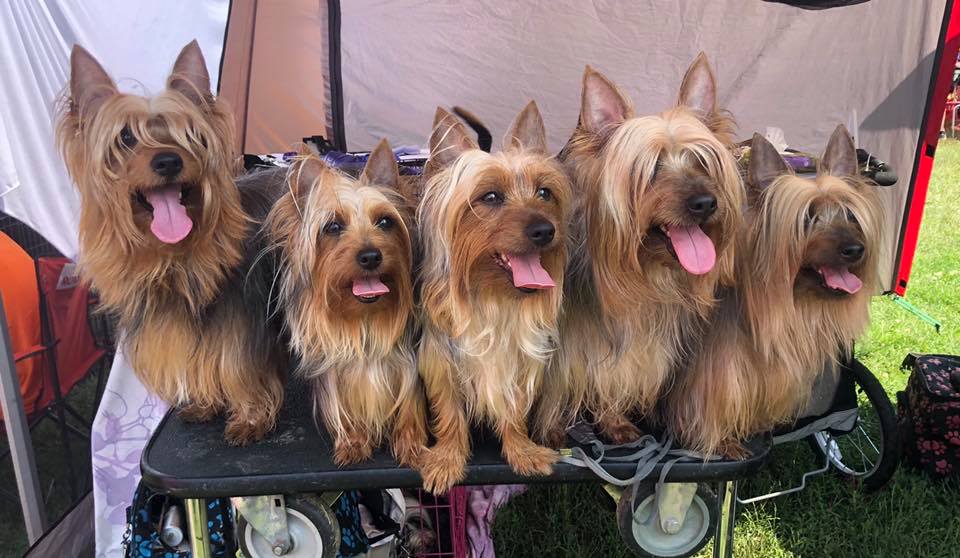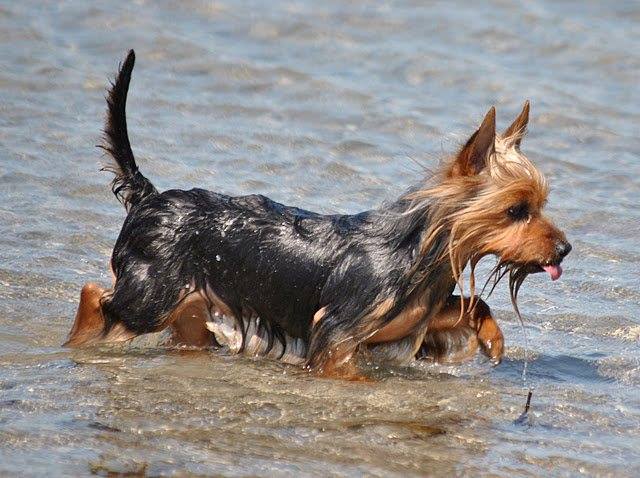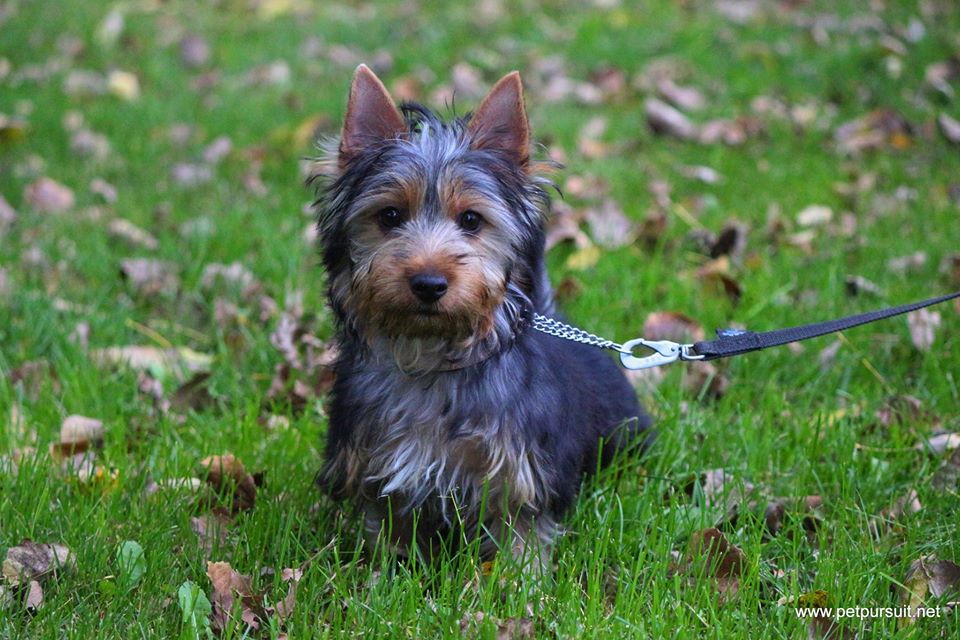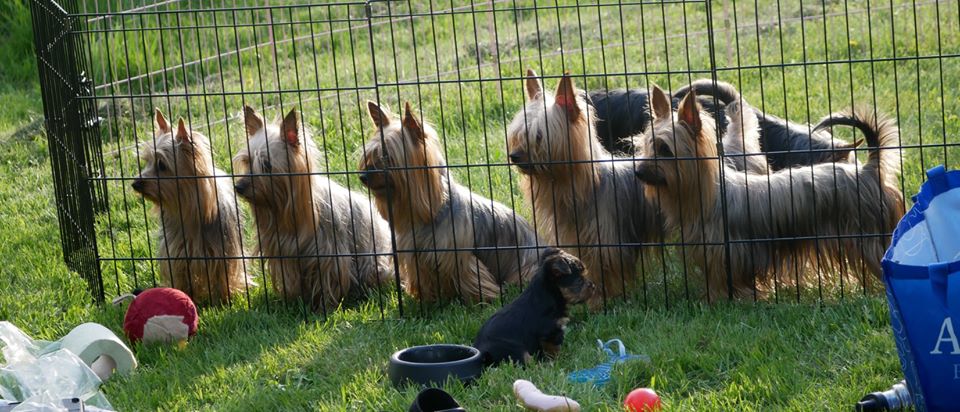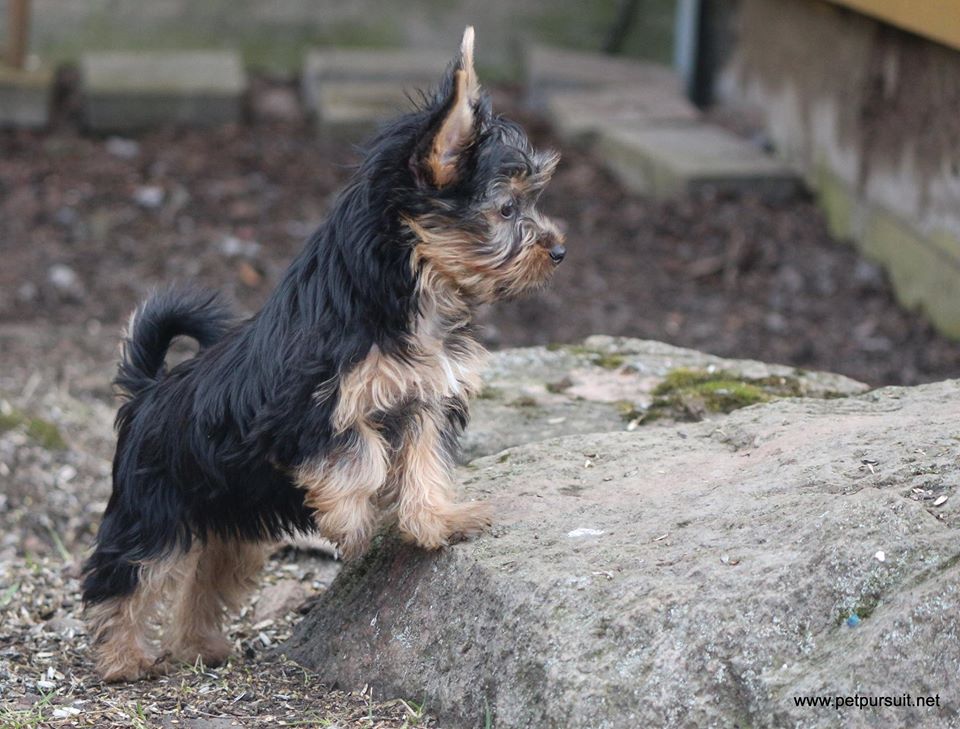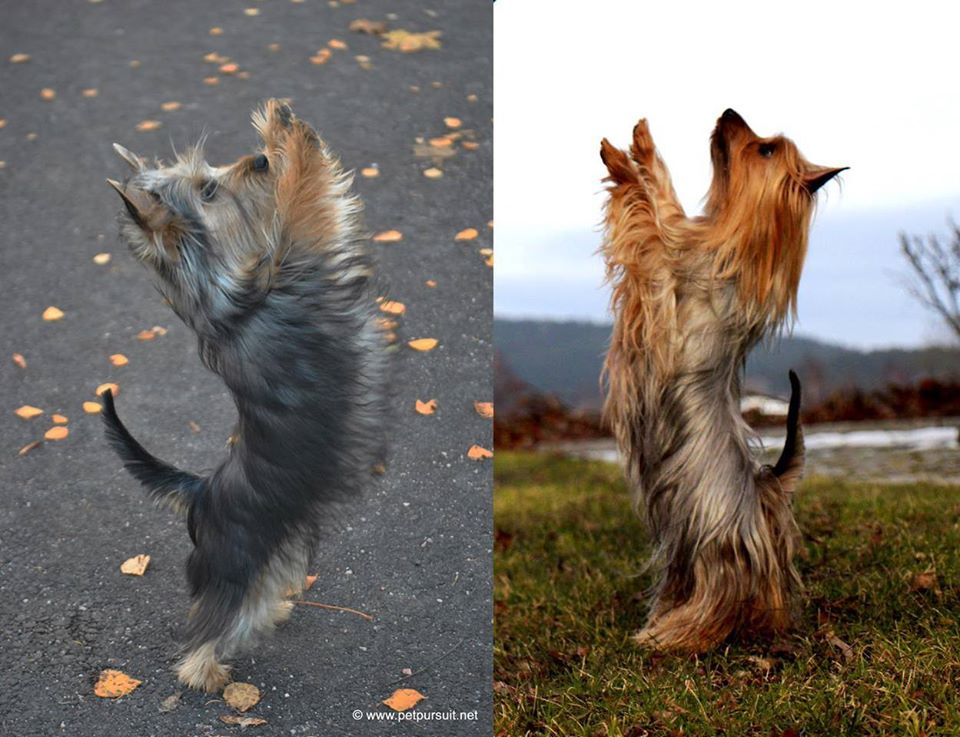Silky terrier breed info
Silky terrier basic The Australian Silky Terrier is a small and compact short legged terrier, 23 to 26 cm (9.1 to 10 in), bitches can be slightly smaller, at the withers, alert and active. The long silky grey and blue and tan coat is an identifying feature, hanging straight and parted along the back, and described as "flat, fine and glossy". All proportions and aspects of the body and head as well as desirable shades of grey and placement of markings are extensively described in the breed standard.
The Silky Terrier should be slightly longer than tall (about one fifth longer than the height at withers). This is a dog that was historically used for hunting and killing rodents and snakes, so its body should have enough substance to fit this role.
The Silky Terrier has a strong, wedge-shaped head. The eyes are small and almond-shaped. According to the standards, light-colored eyes are considered a fault. The ears are small and carried erect. The Silky Terrier has a high-set tail and small, almost catlike, feet. The coat should be long, but not so long to approach floor length. The hair on the face and ears is normally cut. History The ancestors of the Australian Silky Terrier include the Yorkshire Terrier and the Australian Terrier (which descends from the rough coated type terriers brought from Great Britain to Australia in the early 19th century); few records indicate whether early dogs were just Australian Terriers born with silky fur, or whether there was an attempt to create a separate breed. According to the American Kennel Club, the breed began at the end of the 19th century when were crossed with the Australian Terriers. At first the breed was known as the Sydney Silky, as it was found primarily in the city of Sydney, Australia. They were called Sydney Silky Terrier. Although most other Australian breeds were working dogs, the Silky Terrier was bred primarily to be an urban pet and companion, although it is also known for killing snakes in Australia.
Up until 1929 the Australian Terrier, the Australian Silky Terrier, and the Yorkshire Terrier were not clearly defined. Dogs of three different breeds might be born in the same litter, to be separated by appearance into the different types once they were grown. After 1932 in Australia, further crossbreeding was discouraged, and in 1955 the breed's name officially became the Australian Silky Terrier. The breed was recognised by the Australian National Kennel Council in 1958 in the Toy Group.
During and after World War II American servicemen that had been stationed in Australia brought back to the United States a few Silky Terriers. Newspaper photographs of the breed in 1954 caused an upsurge of popularity and hundreds of Silkies were imported from Australia to the United States. The American Kennel Club recognised the breed as the Silky Terrier in 1959, as did the United Kennel Club (US) in 1965 where it is shown as a Terrier; it is also recognised as the Silky Terrier by the Canadian Kennel Club. The breed is recognised by all the major kennel clubs in the English speaking world, and internationally by the Fédération Cynologique Internationale as breed number 236. It may also be recognised by various minor kennel clubs and internet breed registry businesses.
Training and temperament The breed standard describe the ideal Australian Silky Terrier temperament as keenly alert and active. They love to be given chances to run and play, but must have a tightly fenced yard. They also enjoy brisk walks and playing ball.
The Silky is able to do well in an apartment, although they are also an active indoor breed. It is important they are kept busy and social to discourage boredom. In a recent survey reported (on Dogs 101) of 91 small breed dogs (16 inches and under 22 lbs) the Silky Terrier was ranked in the top 20 in learning the quickest.
The Silky Terrier is the best of both worlds temperament wise. They love to sit on your lap and do "toy dog" things but have an easy going more laid back Terrier personality ready for just about any activity.
